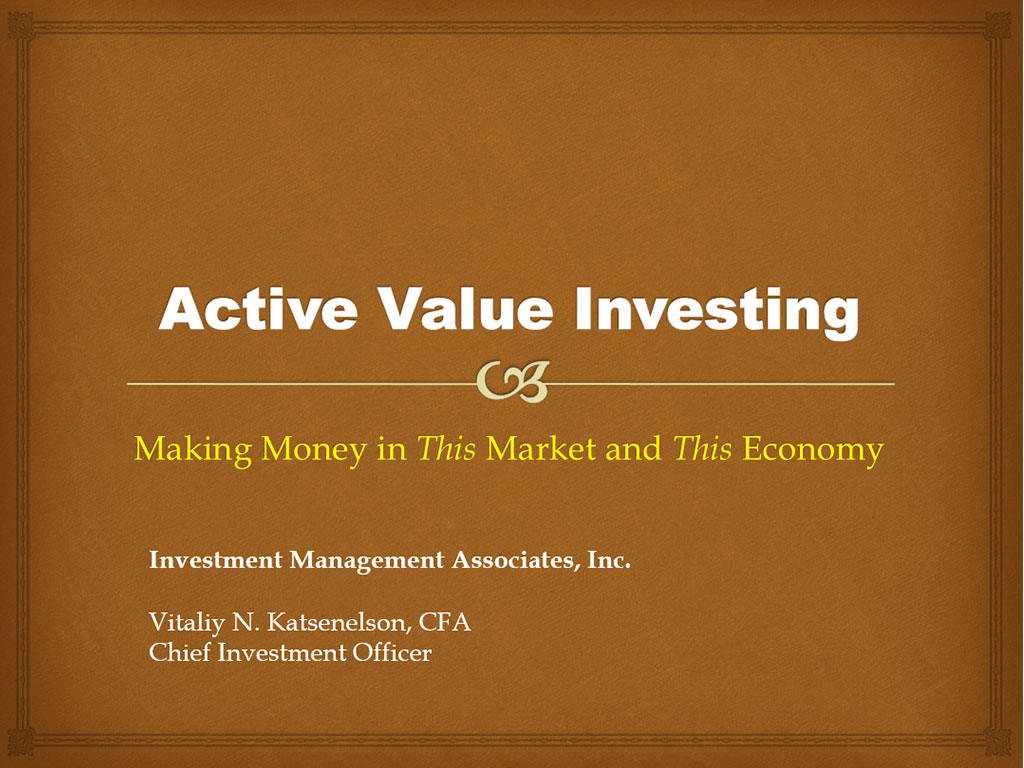I just came from a week-long trip in London. I got to tell you, London (and probably all Europe) is tremendously expensive. The numbers on price tags look very familiar: Starbucks (SBUX) Chai Tea Soy (okay, I do like those things) is 3.80, a breakfast (two eggs, a toast and a coffee) in your typical diner around the corner is 7.00… these prices sound okay if they were quoted in dollars. The only problem is that they were in British pounds.
At the end I basically convinced myself that prices were not quoted in pounds but in dollars. This way when I paid $7.60 ( 3.80 pounds x 2) for Chai Tea Soy or $14 for breakfast it did not drive me crazy. Of course, I’ll get my credit card bill in the mail in a couple of weeks and my little deception will come to the surface. Oh, well. On the other side of the coin, the US is 50% off for the Europeans.
I’ve been a believer in long-term dollar decline (and positioned portfolio accordingly), but I do ask myself – what will the dollar decline against? I don’t know the answer.
Scandinavian countries? Japan? The unintended consequence of the weak dollar – we travel less outside of the US and export more (since our goods are cheaper). The only problem is that we have a trade deficit, so we buy more than we sell – this where a weak dollar hurts us the most. But the weak dollar should work to lower the US’ trade deficit.









0 comments